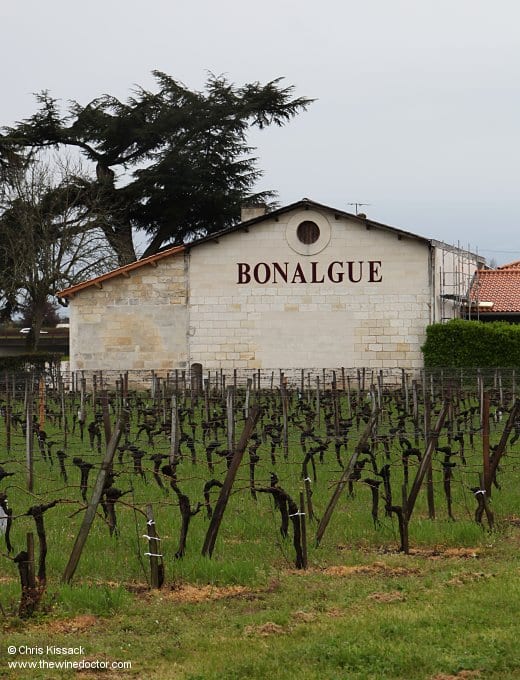Château Bonalgue
It is perhaps only natural that when we think of Pomerol our minds turn first to the great names of the appellation, so tightly clustered on the gravel and clay of the central plateau. These are, after all, the most famous names, the prestigious terroir they enjoy reflected in the grandeur of their wines, and in their occasionally (or should that be frequently, or perhaps permanently?) hefty price tags. In my exploration of this appellation, however, I have been careful to ensure that I also peer into the recesses of Pomerol, the forgotten corners where the terroir might not be so desirable, but where dedicated winemakers can still turn out wines that are frequently charming, often delicious and on occasion even quite fabulous.
The most obvious corners to explore are along the eastern and northern borders of the appellation, where Pomerol becomes St Emilion, or where the land slopes down to the Barbanne, the little stream that forms the boundary between this appellation and Lalande-de-Pomerol. Alternatively, there are the vineyards to the west, beyond the D1089, where the sandy soils allow for a softer, more approachable style of wine. Both the road and the sandy soils on which it sits turn eastwards though, to run across the top of Libourne, and here too there are a handful estates worth knowing about. Sandwiched between the plateau and Catusseau to the north, and the D1089 and the suburbs of Libourne to the south, can be found the likes of Château Taillefer, Château Plince and the subject of this particular profile, Château Bonalgue.

